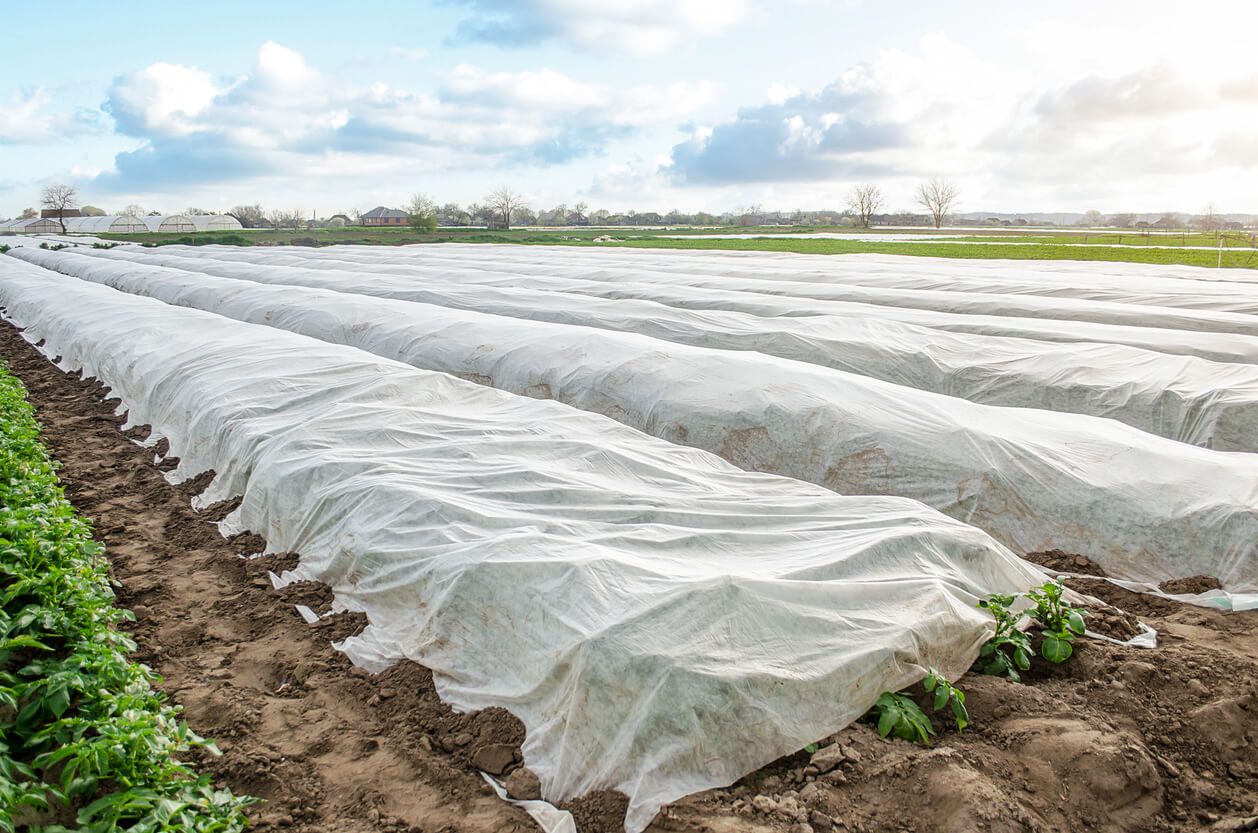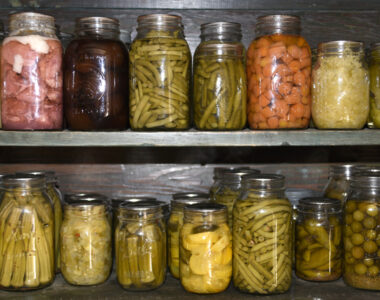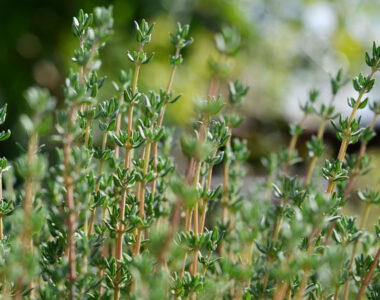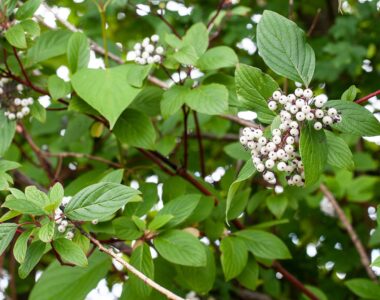
As nights get colder, protecting late crops from frost becomes a top priority for both farmers and home gardeners. A sudden cold snap can ruin tender produce overnight, cutting harvest short and undoing months of hard work. The good news? With a few simple steps, you can protect your plants, extend your growing season, and make sure your hard-earned harvest makes it to the table.
Why Frost Protection Matters
When temperatures dip near freezing, moisture inside plant cells turns to ice, damaging tissues and killing leaves, flowers, and fruit. For commercial growers, even one frost event can mean significant losses in revenue. Home gardeners face the same heartbreak—one chilly night can take out an entire crop of tomatoes or peppers.
By protecting late crops from frost, farmers can preserve more of their yield, reduce post-harvest waste, and deliver fresher, local produce later into the season. Consumers benefit too, with extended access to seasonal vegetables long after most markets close for winter.
Five Practical Ways to Protect Your Harvest
- Use mulch to trap soil heat. A thick layer of straw, leaves, or compost helps stabilize soil temperatures and protect root systems overnight.
- Cover crops before nightfall. Lightweight row covers, frost blankets, or old bedsheets can shield plants from cold air and wind. Anchor them down to hold in warmth.
- Water before the freeze. Moist soil retains heat better than dry ground, so a light watering before sunset can help protect tender plants.
- Use cold frames or low tunnels. Simple plastic or glass structures create a mini greenhouse effect, keeping air temperatures several degrees higher.
- Know your frost schedule. Check local forecasts and frost dates. In most regions, the first frost hits between late September and mid-November, depending on elevation and microclimate.
Crops That Need Extra Protection
Some plants handle the cold better than others. Leafy greens like kale, spinach, and Swiss chard can tolerate light frosts. But crops such as tomatoes, peppers, beans, and squash are highly sensitive and need immediate protection when temperatures drop below 36°F.
The Bottom Line
Protecting late crops from frost doesn’t require fancy equipment—just a bit of planning and attention to detail. Whether you’re a market grower or a backyard gardener, these simple steps can make the difference between losing your harvest and enjoying fresh produce well into winter.



